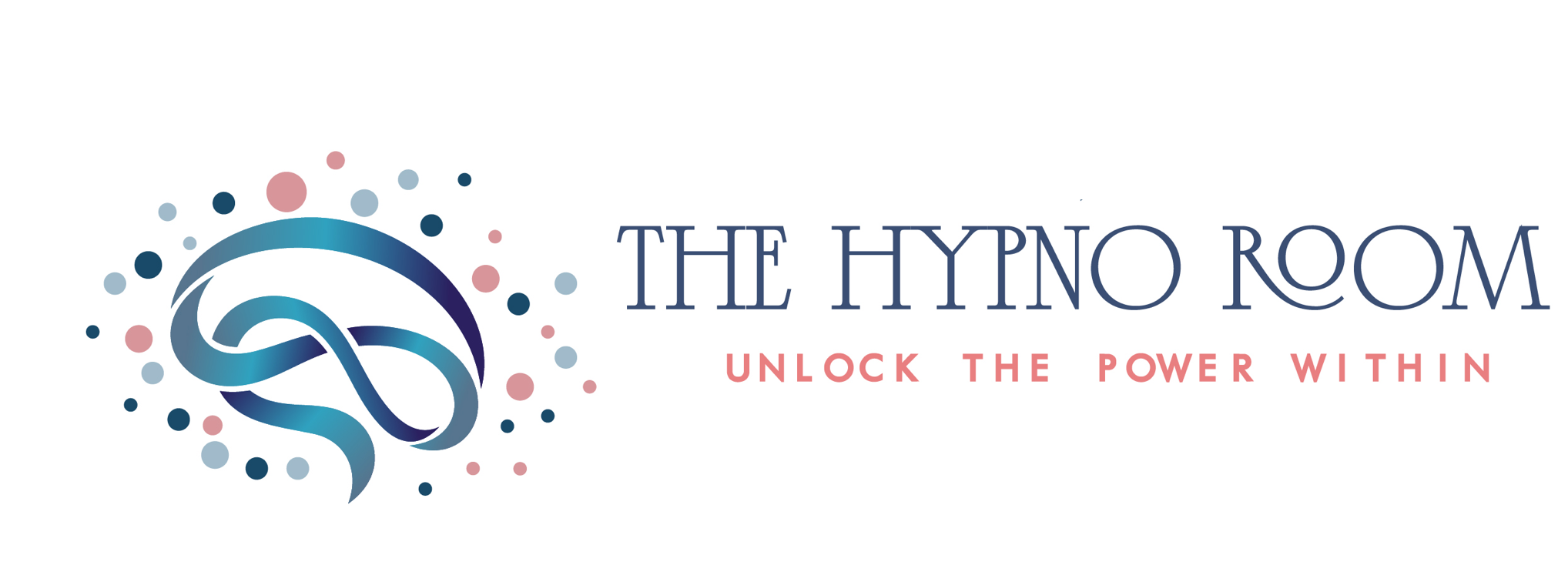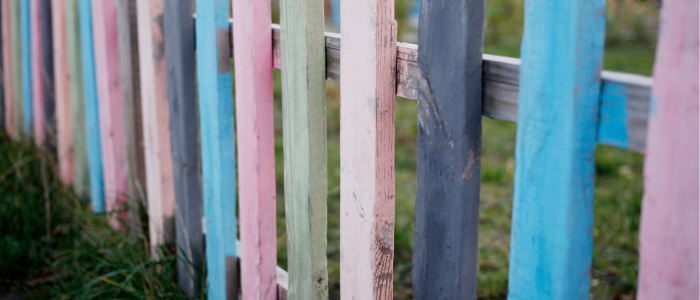Agoraphobia and Hypnosis
 Agoraphobia is an anxiety disorder characterised by a fear of situations where escape might be difficult
Agoraphobia is an anxiety disorder characterised by a fear of situations where escape might be difficult
Understanding Agoraphobia
Agoraphobia is often misunderstood. Many people assume it’s simply a fear of open spaces, but it’s much more complex than that. At its core, agoraphobia is an anxiety disorder characterised by a fear of situations where escape might be difficult or help might not be available if things go wrong. This can include crowded places, public transportation, or even leaving the safety of one’s home. For those living with agoraphobia, the world can feel like a minefield of potential triggers, and the fear of having a panic attack in these situations can become overwhelming.
As a CBT-hypnotherapist, I often work with clients who feel trapped by agoraphobia—not just physically, but emotionally and mentally too. The good news is that agoraphobia is treatable, and with the right tools and support, you can reclaim your life.
The Role of Fear and Avoidance
Agoraphobia often develops after one or more panic attacks. The fear of experiencing another attack can lead to avoidance behaviours, where individuals steer clear of places or situations they associate with panic. Over time, this avoidance can shrink their world, limiting their ability to work, socialise, or even perform everyday tasks like grocery shopping.
From a cognitive-behavioural perspective, this avoidance reinforces the fear. The brain learns to associate certain environments with danger, even when there’s no real threat. This is where CBT (Cognitive Behavioral Therapy) can be incredibly effective. By challenging and reframing these thought patterns, we can begin to break the cycle of fear and avoidance.
How CBT-Hypnotherapy Can Help
Combining CBT with hypnotherapy offers a powerful approach to treating agoraphobia. CBT helps clients identify and challenge the negative thoughts that fuel their anxiety, while hypnotherapy works on a deeper, subconscious level to reframe these beliefs and promote a sense of calm and safety.
For example, during hypnotherapy sessions, I guide clients into a relaxed state where they can access their subconscious mind. Here, we can work on replacing fear-based associations with feelings of confidence and control. Visualisations, such as imagining themselves navigating a crowded space with ease, can help rewire the brain’s response to triggers.
Practical Steps for Overcoming Agoraphobia
Gradual Exposure: One of the most effective ways to overcome agoraphobia is through gradual exposure. This involves slowly and systematically facing feared situations, starting with less challenging scenarios and building up over time. As a therapist, I work closely with clients to create a personalised exposure plan that feels manageable and safe.
Breathing and Grounding Techniques: Panic attacks often feel uncontrollable, but techniques like deep breathing and grounding can help clients regain a sense of control. For instance, the 5-7-8 breathing technique (inhale for 5 seconds, hold for 7 seconds, exhale for 8 seconds) can calm the nervous system and reduce anxiety.
Challenging Negative Thoughts: CBT teaches clients to question the validity of their anxious thoughts. For example, if a client believes, “If I go to the supermarket, I’ll have a panic attack and embarrass myself,” we can explore the evidence for and against this belief. Often, clients realise their fears are based on assumptions rather than facts.
Building a Support System: Recovery from agoraphobia doesn’t have to be a solitary journey. Encouraging clients to lean on trusted friends, family, or support groups can provide emotional reassurance and practical help during exposure exercises.
A Message of Hope
If you’re living with agoraphobia, it’s important to remember that you’re not alone, and this doesn’t define you. Agoraphobia is a treatable condition, and with the right support, you can gradually expand your comfort zone and rediscover the freedom to live life on your terms.
As a CBT-hypnotherapist, my goal is to create a safe, non-judgmental space where you can explore your fears, challenge limiting beliefs, and develop the tools to move forward. Healing is a journey, and every small step counts.
If you’re ready to take that first step, I’m here to walk alongside you.

 By
By


